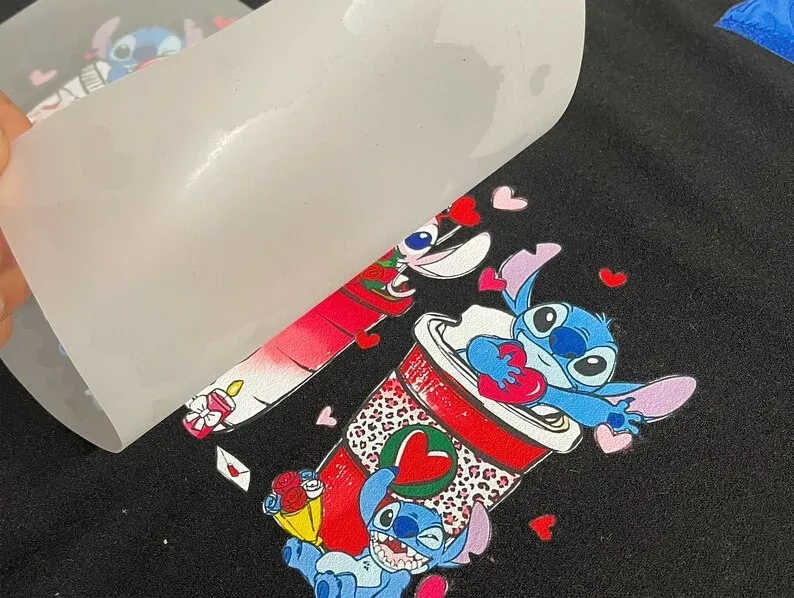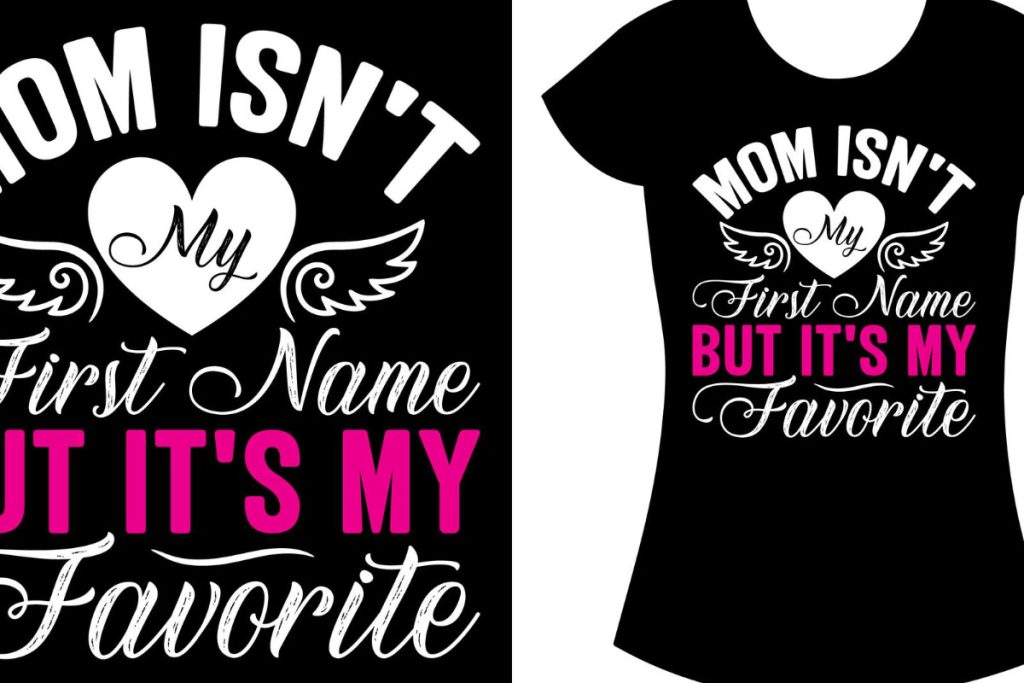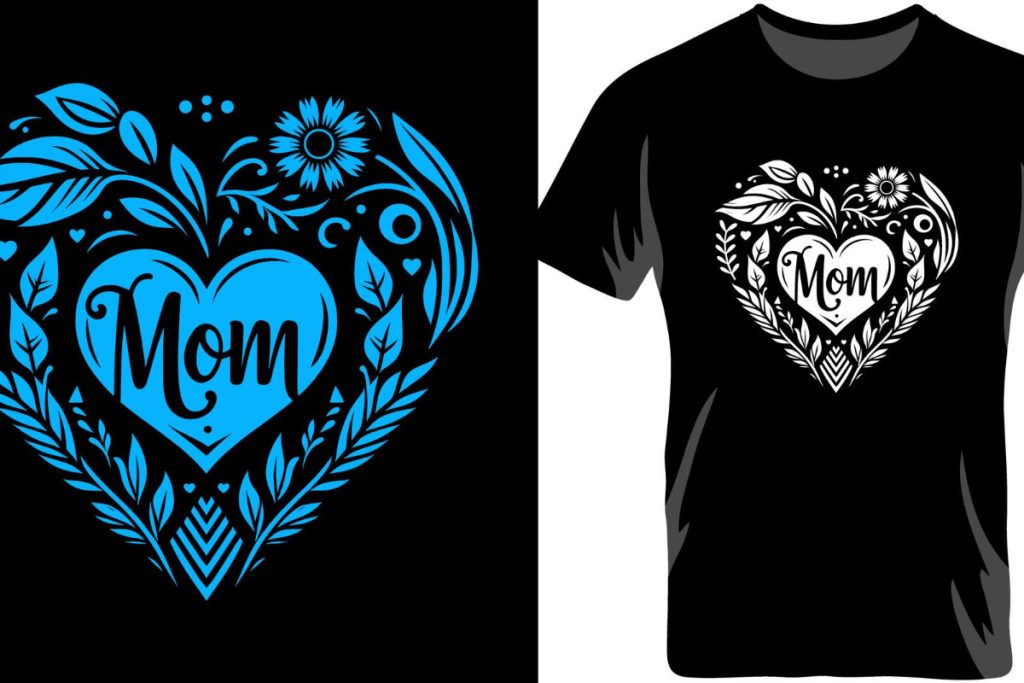DTF transfers, or Direct-to-Film transfers, have taken the custom apparel scene by storm, presenting a modern and efficient technique for producing vibrant and intricate designs on fabric. This innovative printing process caters to a diverse audience, from professional businesses to craft enthusiasts, looking for high-quality heat transfers that last. In this guide, we will delve into the essential do’s and don’ts of working with DTF transfers to ensure your creations pop with color and precision. With the right understanding of the DTF transfer process, including optimal printing techniques, you can elevate your custom apparel offerings to new heights. Embrace the world of DTF printing and unlock the potential of stunning designs that resonate with your audience.
Direct-to-Film (DTF) printing has emerged as a transformative method in the realm of personalized garment creation, paving the way for unique and tailor-made products. This advanced technique utilizes specially coated films to apply vibrant designs onto various fabrics, making it a favored choice among t-shirt printers and trade professionals alike. As the custom clothing industry evolves, alternative methods like heat transfer printing are also gaining traction, enabling users to explore different avenues for expressing creativity. Understanding the nuances of the DTF transfer approach is key to mastering custom designs that stand out in a crowded market. Whether you’re a small business owner or a DIY aficionado, the versatility of DTF printing techniques can significantly enhance your apparel offerings.
What Are DTF Transfers and Why They’re Important
Direct-to-Film (DTF) transfers represent a pivotal advancement in the world of custom apparel printing. This innovative process allows for designs to be printed onto a special film, which is then heat-pressed onto fabric. Unlike traditional methods like screen printing or heat transfers, DTF offers exceptional vibrancy and detail, making it ideal for intricate designs. Manufacturers and small businesses alike now recognize the importance of DTF transfers, particularly for their capacity to produce high-quality images that stand up to washing and wearing.
The significance of understanding DTF transfers cannot be understated. With vibrant colors and excellent fabric compatibility, DTF printing has carved out a niche that appeals to both high-volume businesses and DIY enthusiasts. It’s crucial, however, to get the process right; choosing the right films, inks, and settings can make the difference between a good transfer and a great one. As the market evolves, keeping abreast of best practices and emerging trends in DTF printing becomes essential for all custom apparel designers.
Choosing the Right Materials for DTF Transfers
Material selection plays a critical role in the success of DTF transfers. High-quality films and inks are the cornerstone of producing vibrant, long-lasting designs. When sourcing your materials, it’s important to prioritize reputable suppliers to ensure that you are getting items that are compatible with your printer and that meet industry standards. Using subpar materials can lead to dull colors, poor adhesion, and ultimately, a transfer that doesn’t meet expectations.
Moreover, understanding fabric compatibility is just as crucial as selecting the right films and inks. Certain fabrics, like specific polyesters and blends, work beautifully with DTF transfers, while others may pose challenges that lead to subpar results. Conducting test runs on fabrics similar to your final choice can help identify the most suitable materials before committing to a large batch; this proactive approach not only saves time but also enhances the quality of the final product.
Essential Tips for Successful DTF Transfer Application
Preparation is key when it comes to applying DTF transfers. The surface of both the fabric and film should be thoroughly cleaned to eliminate any dust, lint, or moisture that might interfere with adhesion. Pre-treating fabrics can significantly enhance durability, ensuring that the design stays vibrant through numerous washes. Additionally, always follow manufacturer guidelines on settings for temperature and pressure during the heat press process; these instructions are designed to optimize your transfer results.
Experimentation with heat press settings is also vital. Different fabrics and ink types often require adjustments in temperature and pressure for optimal adhesion and results. The trial-and-error approach can be your best friend—by testing your settings on scrap fabric, you can discover the best conditions suited to your materials, ensuring a successful outcome that elevates your custom apparel projects.
Common Mistakes to Avoid with DTF Transfers
When working with DTF transfers, patience is paramount. One of the most common mistakes is rushing the cooling process after applying the transfer. It’s critical to allow the transfer to cool completely before peeling away the film; hurrying can lead to incomplete transfers or damage to the design. Properly timing this step ensures better adhesion and a cleaner final appearance, vital for professional-looking custom apparel.
Another common mistake to avoid is neglecting the pre-press step for the fabric. Skipping this can lead to unexpected results, such as moisture issues or wrinkles, negatively impacting the transfer quality. Use the heat press to smooth out the fabric and eliminate any moisture beforehand. This extra step, while it may seem minor, can vastly improve the bond between the transfer and the material, resulting in a more durable and visually appealing finish.
Emerging Trends in DTF Printing Technology
As the world of custom apparel evolves, so too do the technologies that support it. Recent advances in DTF printing technology have opened up new possibilities in terms of design complexity and material compatibility. With the introduction of newer printers, designers can now benefit from features that significantly boost print clarity and durability, allowing for even more intricate designs that previously may have seemed impossible.
Additionally, the community surrounding DTF printing continues to grow, with enthusiasts sharing their knowledge and expertise. Online forums and social media groups dedicated to DTF transfers are rich resources for troubleshooting and tips, enabling newcomers to learn quickly and adapt efficiently. This collective growth in knowledge helps keep everyone informed about best practices, ultimately enhancing the quality of custom apparel produced worldwide.
Future of Custom Apparel with DTF Transfers
The future of custom apparel looks exceedingly bright with the incorporation of DTF transfers. As businesses and creators alike realize the benefits of this printing method—such as its vibrancy, versatility, and durability—demand is expected to rise. Innovations in processes and materials will likely continue to evolve, creating more opportunities for artistic expression and custom designs in the apparel industry.
Moreover, as consumers increasingly seek personalized products, DTF technology will play a significant role in meeting these expectations. The capability to produce high-quality, custom designs in a timely manner positions DTF transfers as a vital technique for future apparel brands. We can expect to see not only growth in usage but also advancements in related technologies and techniques that complement DTF, enhancing the overall custom apparel market.
Frequently Asked Questions
What are DTF transfers and how do they work?
DTF transfers, or Direct-to-Film transfers, are a custom apparel printing technique where designs are printed onto a specialized film that is later heat-pressed onto fabric. This method allows for vibrant colors and high durability, making it a popular choice among printers.
What are the best practices for using DTF transfers?
To achieve the best results with DTF transfers, always select high-quality films, prepare your fabrics properly, experiment with heat settings, and follow manufacturer guidelines closely. These practices enhance the transfer’s adherence and longevity.
Can DTF transfers be applied to any type of fabric?
DTF transfers are quite versatile and can be applied to many fabric types, but it’s important to check material compatibility. Some synthetic fabrics may not hold DTF transfers as effectively as cotton or polyester blends.
What should I avoid when working with DTF transfers?
Common mistakes to avoid with DTF transfers include rushing the cooling process, skipping the pre-pressing step for your fabric, using old or incompatible inks and films, and ignoring equipment manufacturer instructions.
How do temperature and pressure affect the DTF transfer process?
Temperature and pressure are critical in the DTF transfer process. Different fabrics and inks may require specific settings; thus, testing on scrap fabric beforehand can help you determine the optimal conditions for a successful transfer.
What recent trends are emerging in the DTF transfer industry?
Recent trends in the DTF transfer industry include increased popularity among DIY enthusiasts, technological advancements in printing materials, and a growing online community that shares tips and experiences, fostering a collaborative environment for improving DTF printing techniques.
| Key Points | Do’s | Don’ts | |
|---|---|---|---|
| Using quality films ensures vibrant colors and durability. | Don’t rush the process; allow transfers to cool completely before peeling. | ||
| Always prepare the fabric and film before applying transfers for better adhesion. | Neglecting to pre-press the fabric can affect transfer quality. | ||
| Experiment with settings to find the optimal temperature and pressure. | Ignoring material compatibility can lead to unsatisfactory results. | ||
| Follow manufacturer guidelines for best results. | Using old inks or films will yield poor outcomes. | ||
Summary
DTF transfers are a transformative approach in the custom apparel industry, enabling users to create high-quality designs with ease. By understanding the essential do’s and don’ts of the DTF transfer process, such as using quality materials and avoiding common mistakes, you can ensure successful projects that stand out. Embracing the latest trends and technological advancements in this field can further enhance your printing capabilities. As you explore the world of DTF transfers, remember that careful preparation and adherence to best practices are pivotal for achieving the best possible outcomes in your custom designs.



